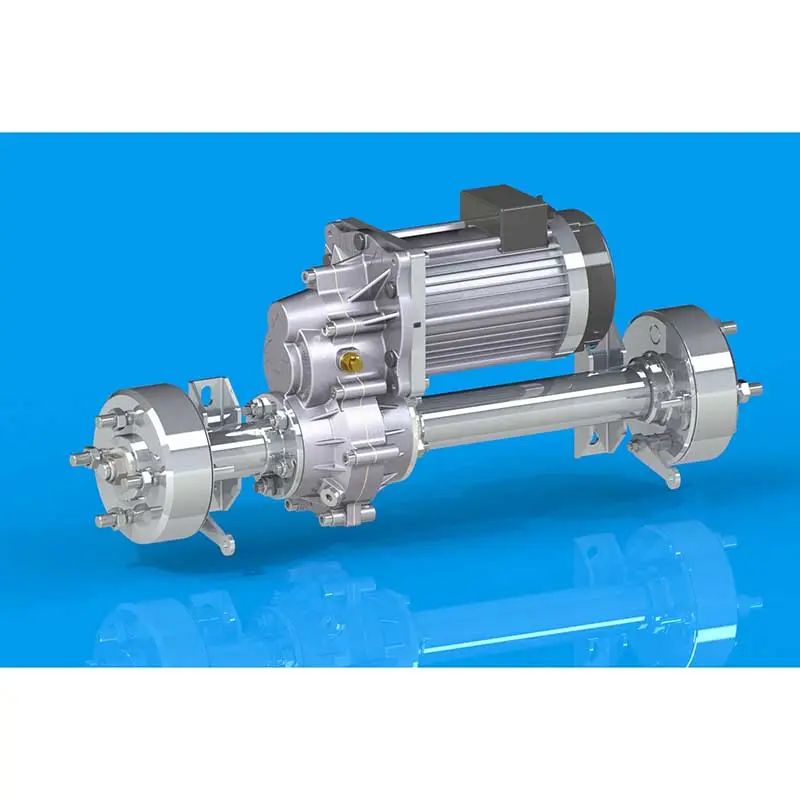When it comes to understanding the intricacies of how a vehicle works, many people are often confused by the terminology and mechanisms involved. A common area of confusion is the transaxle – what exactly is it? What role does it play in a vehicle’s drivetrain? Also, is a transaxle relevant to a front wheel drive vehicle? In this blog, we’ll delve into the world of transaxles, clarifying their purpose and the relationship between transaxles and front-wheel drive systems.
First, let’s break down the basics. The transaxle is a component of the driveline that combines the functions of the transmission, axle, and differential into one integrated assembly. Essentially, it transfers power from the engine to the wheels, allowing the vehicle to move. Transaxles are common in front-wheel drive and mid-engine vehicles, as well as some rear-engine vehicles.
Now, on to a burning question – is a transaxle relevant for a front-wheel drive vehicle? The answer is yes. In fact, front-wheel drive vehicles rely heavily on a transaxle to transfer power from the engine to the front wheels. Unlike rear-wheel drive vehicles, where the transmission and differential are separate components, front-wheel drive vehicles utilize a transaxle to combine these functions into a single unit. This not only saves space but also reduces the overall weight of the vehicle.
In a front-wheel drive setup, the transaxle is connected to the front wheels via a transaxle, which transfers power from the transaxle to the wheels. This configuration provides better traction and handling because the weight of the engine is directly on the driven wheels. Additionally, front-wheel drive vehicles tend to be more fuel efficient because they do not require a separate driveshaft and differential, which adds weight and results in a loss of power.
But how exactly does a transaxle work in a front-wheel drive vehicle? Let’s take a closer look at the inner workings. The transaxle consists of a transmission that contains the gear set responsible for changing the speed and torque output from the engine, and a differential that allows the wheels to rotate at different speeds when cornering. By integrating these components into a single unit, the transaxle simplifies the drivetrain and increases overall efficiency.
In addition to its mechanical functions, the transaxle plays a vital role in a vehicle’s performance and drivability. By regulating power transfer to the front wheels, the transaxle ensures smooth acceleration, efficient power transfer and optimal handling. In addition, modern transaxles are often equipped with advanced features such as electronic controls and multiple gear ratios, which enhance the driving experience and fuel economy.
While front-wheel drive vehicles are primarily equipped with transaxles, it’s worth noting that not all transaxles are specifically associated with front-wheel drive setups. As mentioned earlier, transaxles are also found in mid-engine and some rear-engine vehicles, where the engine is near the center or rear of the vehicle. In these configurations, the transaxle helps distribute power to the appropriate set of wheels, whether rear, front, or all four wheels on an all-wheel-drive vehicle.
In short, the transaxle is indeed a basic component of a front-wheel drive vehicle and is an indispensable link between the engine and the front wheels. Its multifaceted role in power transmission, drivability and performance highlights its importance in the operation of modern vehicles. Understanding the relationship between the transaxle and front-wheel drive systems can provide valuable insights into the inner workings of the vehicle and the principles of drivetrain engineering. So the next time you hit the road in a front-wheel drive vehicle, you’ll have a new appreciation for how quietly the transaxle works beneath the surface.
Post time: Feb-28-2024


